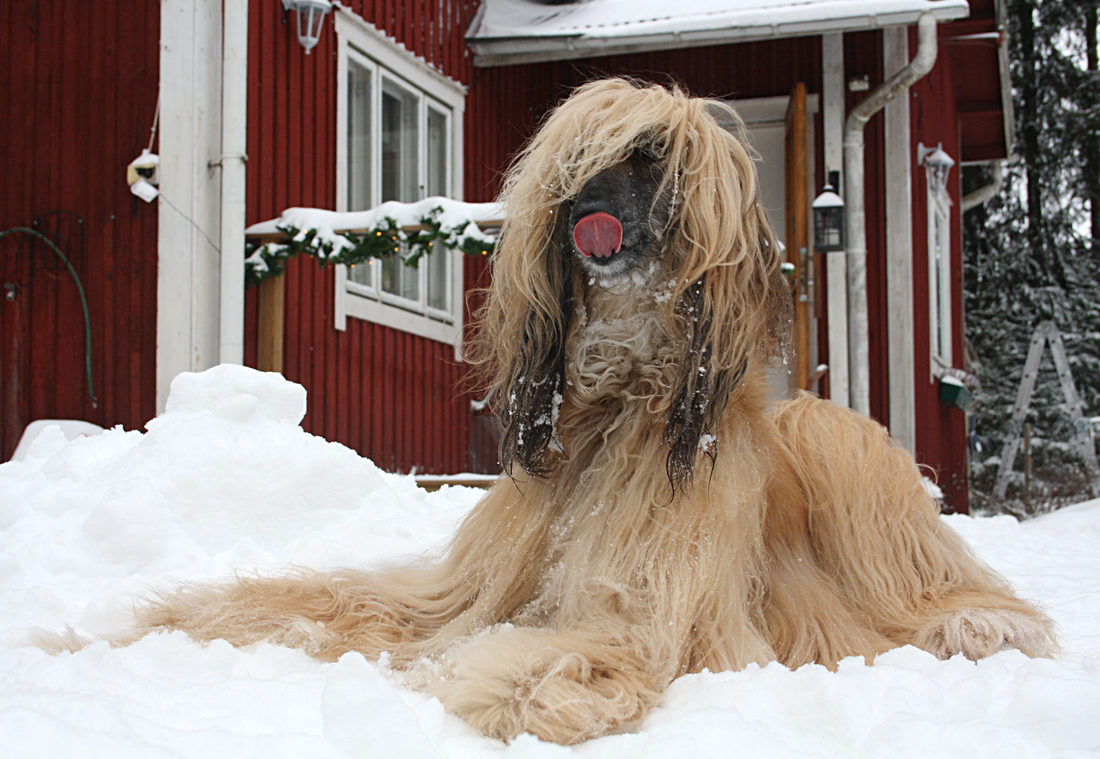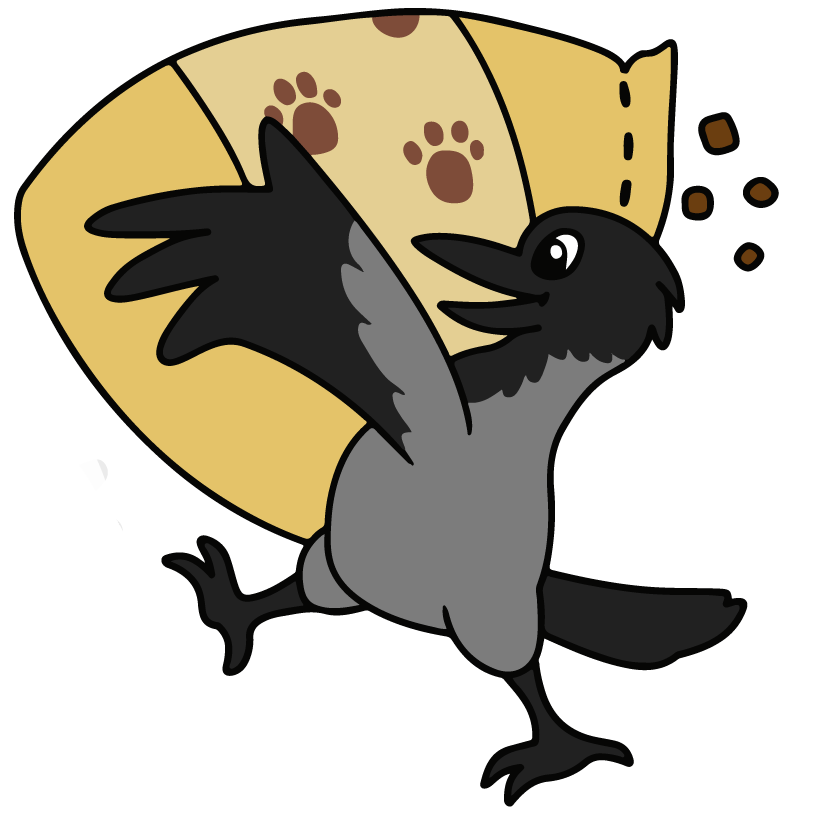Breed specific traits play a huge part in the way dogs act. Sometimes during my consultations with people about their dogs as well as when talking with dog owners I learn the behavior that is seen as problematic is actually not problematic at all – it is a common trait met with certain types of dogs. It is highly desirable and beneficial when the dog is performing a task it was bred to perform. However, these modern days not many dogs get to do what they were originally bred to do. Most are meant to be pets. Many breeds have adapted to this and certain traits of theirs have been bred away, but this is not always the case. Often what is said to be a problem dog is actually not a problem at all – the problem is the environment it is living in. |
Mistä on kyse?Koko elämänsä koiria harrastaneen raakaruokintafriikin ajatuksia, pohdintoja ja elämää koiralauman kanssa. Seuraa meitä
Päivitämme säännöllisen epäsäännöllisesti myös Facebookiin.
Historia
June 2022
Kategoriat
All
|



